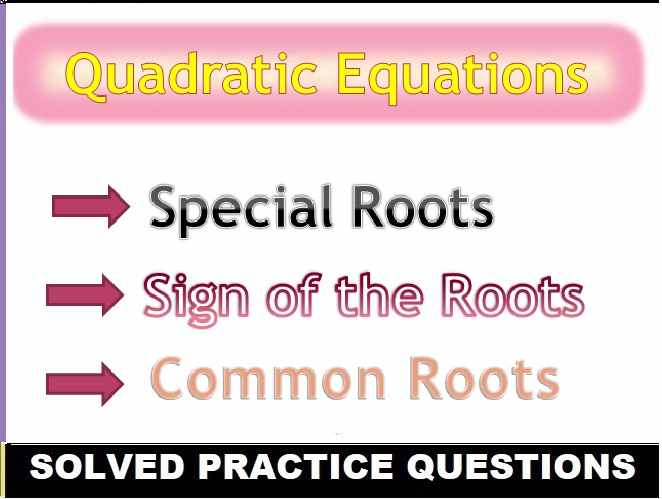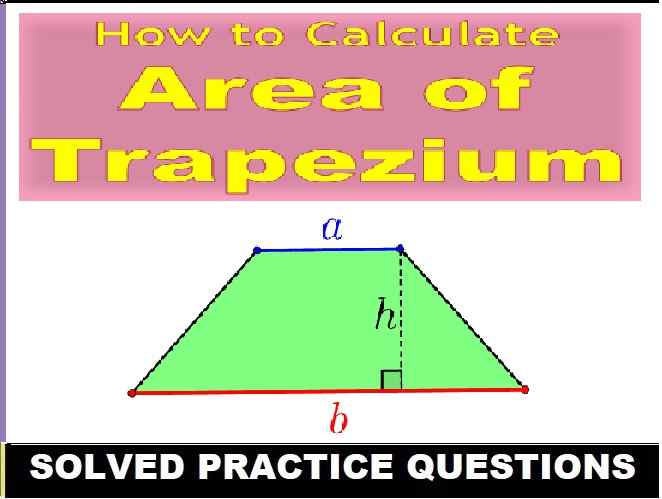Language of Chemistry Exe-1B Chemistry Class-9 ICSE Selina Publishers Solutions Chapter-1. Step By Step ICSE Selina Concise Solutions of Chapter-1 Language of Chemistry with All Exercise including MCQs, Very Short Answer Type, Short Answer Type, Long Answer Type, Numerical and Structured/Application Questions Solved . Visit official Website CISCE for detail information about ICSE Board Class-9.
Language of Chemistry Exe-1B Chemistry Class-9 ICSE Concise Selina Publishers
| Board | ICSE |
| Publications | Selina Publication |
| Subject | Chemistry |
| Class | 9th |
| Chapter-1 | Language of Chemistry |
| Book Name | Concise |
| Topics | Solution of Exercise – 1B |
| Academic Session | 2023-2024 |
B. Exercise – 1B
Language of Chemistry Class-9 Chemistry Concise Solutions
Page 15
Question 1.
What is a chemical equation? Why it is necessary to balance it?
Answer:
A chemical equation is the symbolic representation of a chemical reaction using the symbols and formulae of the substances involved in the reaction.
A chemical equation needs to be balanced because a chemical reaction is just a rearrangement of atoms.
Atoms themselves are neither created nor destroyed during the course of a chemical reaction.
The chemical equation needs to be balanced to follow the law of conservation of mass.
Question 2.
State the information conveyed by the following equation:
Zn(s) + 2HCl (aq) → ZnCl2 (aq) + H2 ↑
Answer:
A solid metal zinc reacts with hydrochloric acid in the aqueous state to produce zinc chloride in the aqueous state and hydrogen gas.
Question 3.
What is the limitation of the reaction given in question 2?
Answer:
The chemical equation given in question 2 does not give the time taken for the completion of the reaction.
Also, it does not give information about whether heat is absorbed or evolved during the reaction.
Question 4.
Write the chemical equations for the following word equations and balance them.
(a)Carbon + Oxygen → Carbon dioxide
(b)Nitrogen + Oxygen → Nitrogen monoxide
(c) Calcium + Nitrogen → Calcium nitride
(d)Calcium oxide + Carbon dioxide → Calcium carbonate
(e)Magnesium+ Sulphuric acid → Magnesium sulphate + Hydrogen
(f) Sodium reacts with water to form sodium hydroxide and hydrogen
Answer:
(a)C + O2→ CO2
(b )N2 + O2→ 2NO
(c) 3Ca + N2→ Ca3N2
(d)CaO + CO2→ CaCO3
(e)Mg + H2SO4→ MgSO4 + H2↑
(f)Na + H2O → NaOH + H2↑
Question 5.
Balance the following equations:
(a). Fe + H2O → Fe3O4 + H2
(b.) Ca + N2 → Ca3N2
(c.) Zn + KOH → K2ZnO2 + H2
(d.) Fe2O3 + CO → Fe + CO2
(e). PbO + NH3 → Pb + H2O + N2
(f) Pb3O4 → PbO + O2
(g) PbS + O2 → PbO + SO2
(h). S + H2SO4 → SO2 + H2O
(i.) S + HNO3 → H2SO4 + NO2 + H2O
(j). MnO2 + HCl → MnCl2 + H2O + Cl2
(k) C + H2SO4 → CO2 + H2O + SO2
(l). KOH + Cl2 → KCl + KClO + H2O
(m)NO2 +H2O → HNO2 + HNO3
(n)Pb3O4 + HCl → PbCl2 + H2O + Cl2
(o) H2O + Cl2 → HCl + O2
(p) NaHCO3 → Na2CO3 + H2O + CO2
(q.)HNO3 + H2S → NO2 + H2O + S
(r.) P + HNO3 → NO2 + H2O + H3PO4
(s). Zn + HNO3 → Zn (NO3)2 + H2O + NO2
Answer:
Balanced chemical equations:
(a) 3Fe + 4H2O → Fe3O4 + 4H2
(b) 3Ca + N2 → Ca3N2
(c) Zn + 2KOH → K2ZnO2 + H2
(d)Fe2O3 + 3CO → 2Fe + 3CO2
(e) 3PbO + 2NH3 → 3Pb + 3H2O + N2
(f) 2Pb3O4 → 6PbO + O2
(g) 2PbS + 3O2 → 2PbO + 2SO2
(h)S + 2H2SO4 → 3SO2 + 2H2O
(i)S + 6HNO3 → H2SO4 + 6NO2 + 2H2O
(j) MnO2 + 4HCl → MnCl2 + 2H2O + Cl2
(k) C + 2H2SO4 → CO2 + H2O + SO2
(l) 2KOH + Cl2 → KCl + KClO + H2O
(m) 2NO2 + H2O → HNO2 + HNO3
(n) Pb3O4 + 8HCl → 3PbCl2 + 4H2O + Cl2
(O) 2H2O + 2Cl2 → 4HCl + O2
(p) 2NaHCO3 → Na2CO3 + H2O + CO2
(Q) 2HNO3 + H2S → 2NO2 + 2H2O + S
(r) P + 5HNO3 → 5NO2 + H2O + H3PO4
(s) Zn + 4HNO3 → Zn (NO3)2 + 2H2O + 2NO2
— : End of Language of Chemistry Exe-1B Answer Class-9 ICSE Chemistry Solutions :–
Return to Return to Concise Selina ICSE Chemistry Class-9
Thanks
Please share with your friends


